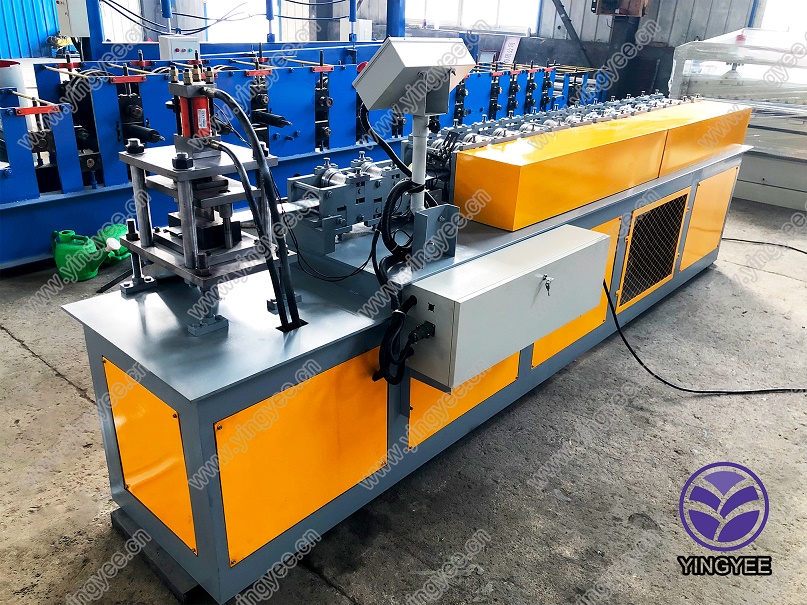
Understanding Metal Strut Channel Roll Forming Machines
In the contemporary construction and manufacturing industries, the efficient production of metal components is crucial for meeting both quality and volume demands. One of the essential machines facilitating this process is the metal strut channel roll forming machine. This innovative equipment plays a vital role in creating metal strut channels that are widely used in various structural applications.
What is a Metal Strut Channel?
A metal strut channel is a long, narrow piece of metal, typically made from steel or aluminum, that has a 'C' or 'U' shaped cross-section. It is primarily used in construction for supporting, framing, and providing structural integrity. Strut channels are essential for building frameworks, mounting devices, and creating support structures for electrical conduits, piping, HVAC systems, and more.
The Role of Roll Forming Machines
Roll forming is a process that involves feeding a continuous strip of metal through a series of rollers that progressively bend the metal into the desired shape. A metal strut channel roll forming machine is specifically designed to create the 'C' or 'U' shaped profiles needed for strut channels. This machine operates with high precision, ensuring that the channels maintain consistent dimensions and structural integrity throughout the production process.
Key Components of a Metal Strut Channel Roll Forming Machine
1. Feed System The feed system is responsible for guiding the metal strip into the machine. It ensures that the material is fed smoothly and evenly, which is crucial for maintaining uniformity in the final product.

2. Roller Station This is the heart of the machine, where the actual forming takes place. A series of specially designed rollers shape the metal strip into the desired strut channel profile. The configuration and design of these rollers are critical for achieving specific channel dimensions.
3. Cutting Mechanism Once the desired length of strut channel is formed, a cutting mechanism is employed to shear the metal at precise intervals. This ensures that each piece meets project specifications.
4. Control System Modern roll forming machines are equipped with advanced control systems that allow operators to adjust speeds, dimensions, and other parameters in real-time. This flexibility enhances the efficiency of the production process.
Applications and Benefits
Metal strut channels produced by roll forming machines find applications in a variety of sectors, including construction, automotive, and electrical. The benefits of using roll forming machines for producing strut channels include
- Cost Efficiency High production rates and low material waste make roll forming a cost-effective manufacturing option. - Quality Control Precision engineering ensures consistent quality of the finished products. - Customization Roll forming allows for customization in dimensions and profiles to meet specific project needs.
Conclusion
The metal strut channel roll forming machine is a significant asset in industrial manufacturing, providing a streamlined and efficient process for producing essential structural components. As industries continue to evolve, these machines will play a crucial role in meeting the growing demands for durable and versatile metal products. With advancements in technology, the future holds even more innovations that will enhance the capabilities of roll forming machines, further solidifying their importance in modern manufacturing processes.